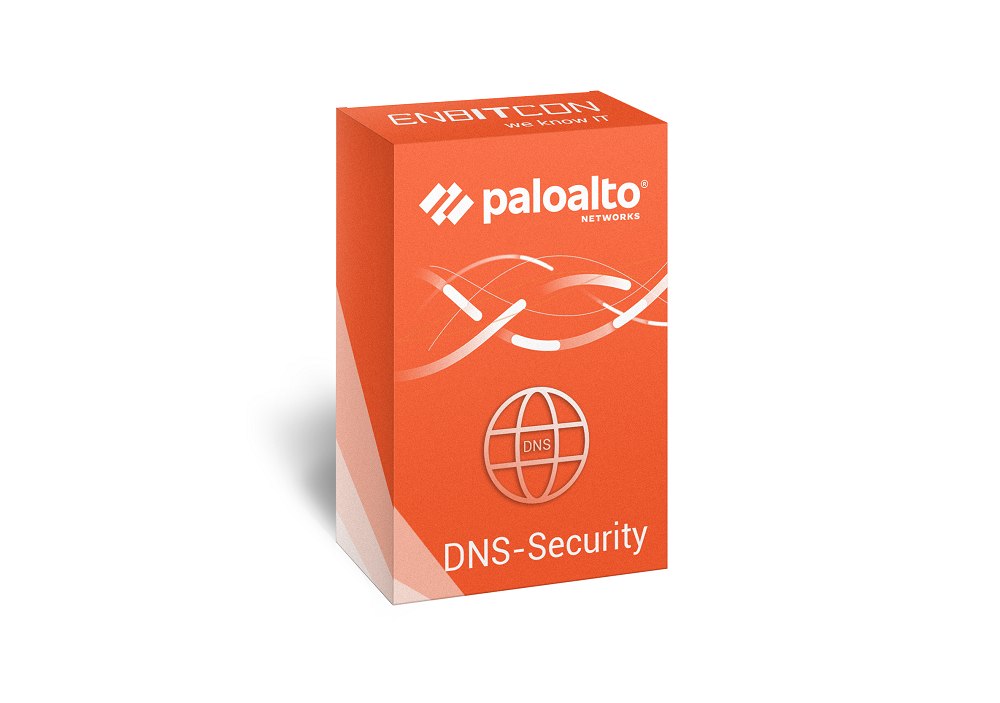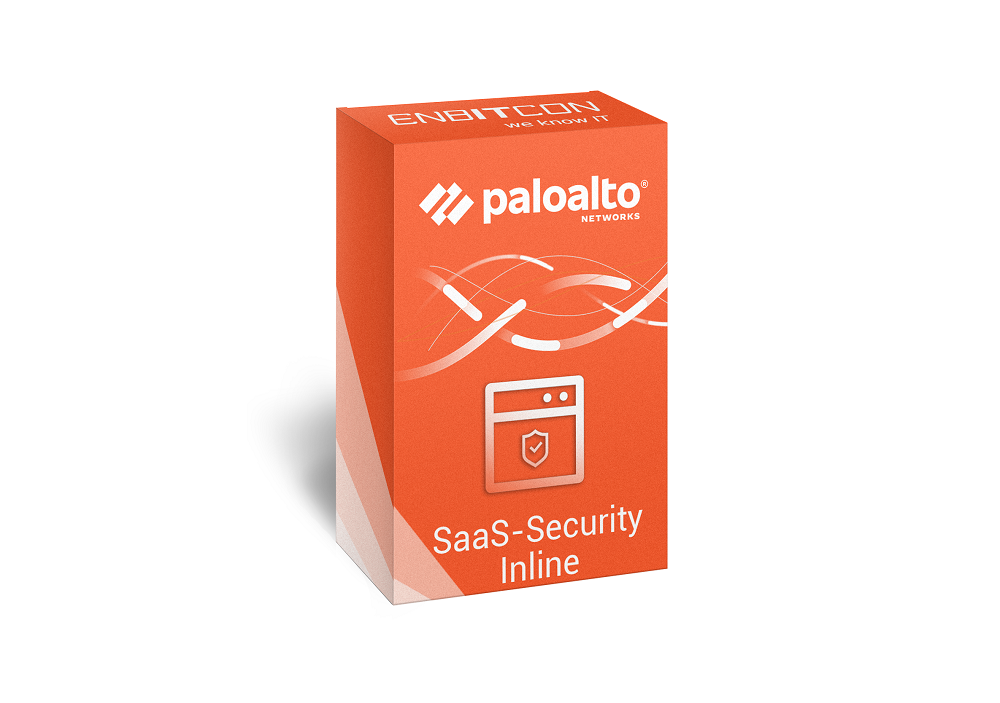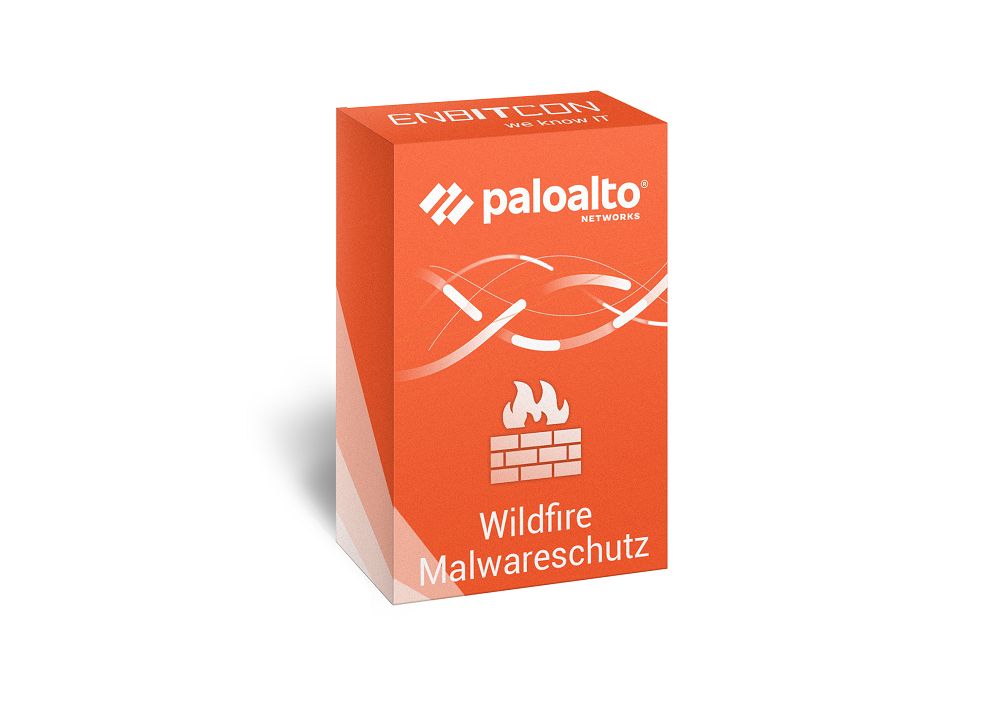Palo Alto Lizenzen
The DNS (Domain Name System) often serves as a gateway for attackers. Because of its widespread use and high volume of traffic, it is easy for attackers to hide their activities. Palo Alto Networks' Unit 42 threat researchers found that 80 percent of malware variants use DNS to initiate command-and-control (C2) activities. Attackers misuse DNS in a variety of methods to inject malware and exfiltrate data. Security teams often lack visibility into these processes. As a result, they are unable to take effective defensive measures. Current approaches neglect automation, often literally inundate teams with uncoordinated data from various point solutions, or require changes to the DNS infrastructure that are not only easily circumvented, but also require ongoing maintenance. It's high time to get DNS traffic back under control.
The Palo Alto Professional Bundle is a comprehensive security solution designed to provide organizations with world-class cyber defense. The bundle includes a range of advanced security features including Malware Protection, Adv. Threat Prevention, URL Filtering, DNS Security, SD-WAN and Premium Support.
The increasing number of well-disguised and automated attacks has become one of the biggest concerns for network security teams. Modern hackers have access to sophisticated tools, use criminally targeted as-a-service models, and abuse versions of common red-team solutions - causing more damage faster with attacks that are designed for the long term and carefully disguised. Cyberattacks that leverage the easily accessible and highly customizable Cobalt Strike penetration testing tool have increased 73 percent year-over-year. And that's just the beginning of a new wave of well-disguised attacks that organizations face today.1 Encryption techniques are also being used by malicious actors to bypass traditional security measures. Studies show that malware is now primarily introduced over encrypted connections.2 Network security must keep pace with these developments to stop well-disguised and unknown threats.
As more applications move to the cloud and employees become increasingly mobile, it becomes even more important - and difficult - to protect organizations from web attacks. Web-based threats such as phishing and other fileless attacks are on the rise and becoming faster and more sophisticated than ever before, yet many web security solutions continue to rely solely on databases of known malicious websites, which are quickly becoming obsolete due to the hundreds of thousands of new threats every day.
Modern threat actors have two main advantages over organizations today: opportunity and accessibility. With the adoption of hybrid work, the shift to the cloud, and rapid growth in IoT and SaaS applications, the attack surface has expanded, providing greater opportunity for threat actors to find ways to infiltrate an organization. In addition, ransomware as a service and automation offerings have lowered the technical bar for deploying sophisticated malware campaigns, providing threat actors access to the tools they need to increase the volume, severity, and scope of attacks.
The DNS (Domain Name System) often serves as a gateway for attackers. Because of its widespread use and high volume of traffic, it is easy for attackers to hide their activities. Palo Alto Networks' Unit 42 threat researchers found that 80 percent of malware variants use DNS to initiate command-and-control (C2) activities. Attackers misuse DNS in a variety of methods to inject malware and exfiltrate data. Security teams often lack visibility into these processes. As a result, they are unable to take effective defensive measures. Current approaches neglect automation, often literally inundate teams with uncoordinated data from various point solutions, or require changes to the DNS infrastructure that are not only easily circumvented, but also require ongoing maintenance. It's high time to get DNS traffic back under control.
There are three times the number of connected IoT devices than users in today's enterprise.1 Organizations require these devices to enable their business, yet they cannot trust them. Connected devices pose immense cybersecurity risks as they are vulnerable, unseen, and unmanged. In fact, 57% of these devices, which often ship with their own vulnerabilities, are susceptible to medium- or high-severity attacks. It isespecially concerning when they are network-connected with unfettered access. Security teams, rarely involved in purchasing, find it extremely challenging to secure these devices due to their incredibly diverse types, long lifecycles, and lack of coverage from traditional security controls.
Support at Palo Alto is mandatory. No firewall can be operated without support
.
For years, enterprises have tried to house all of their apps, data and devices in managed environments to give themselves more visibility and control over risk.
PAN-OS SD-WAN allows you to easily adopt an end-toend SD-WAN architecture with natively integrated, worldclass security and connectivity.
This is the Enterprise license bundle. This bundle can be booked on an existing hardware.
There are three times the number of connected IoT devices than users in today's enterprise.1 Organizations require these devices to enable their business, yet they cannot trust them. Connected devices pose immense cybersecurity risks as they are vulnerable, unseen, and unmanged. In fact, 57% of these devices, which often ship with their own vulnerabilities, are susceptible to medium- or high-severity attacks. It isespecially concerning when they are network-connected with unfettered access. Security teams, rarely involved in purchasing, find it extremely challenging to secure these devices due to their incredibly diverse types, long lifecycles, and lack of coverage from traditional security controls.
Today’s adversaries have easy access to cloud scale, legitimate infrastructure, and machine learning to quickly distribute evasive malicious files to end users. Siloed security tools simply can’t keep up with today’s malware, which is proliferating at a rate of 1,000 new threats every five minutes, with up to 10,000 variants seen five minutes thereafter.
The increasing number of well-disguised and automated attacks has become one of the biggest concerns for network security teams. Modern hackers have access to sophisticated tools, use criminally targeted as-a-service models, and abuse versions of common red-team solutions - causing more damage faster with attacks that are designed for the long term and carefully disguised. Cyberattacks that leverage the easily accessible and highly customizable Cobalt Strike penetration testing tool have increased 73 percent year-over-year. And that's just the beginning of a new wave of well-disguised attacks that organizations face today.1 Encryption techniques are also being used by malicious actors to bypass traditional security measures. Studies show that malware is now primarily introduced over encrypted connections.2 Network security must keep pace with these developments to stop well-disguised and unknown threats.
Support at Palo Alto is mandatory. No firewall can be operated without support
.
For years, enterprises have tried to house all of their apps, data and devices in managed environments to give themselves more visibility and control over risk.
The Palo Alto Professional Bundle is a comprehensive security solution designed to provide organizations with world-class cyber defense. The bundle includes a range of advanced security features including Malware Protection, Adv. Threat Prevention, URL Filtering, DNS Security, SD-WAN and Premium Support.
The DNS (Domain Name System) often serves as a gateway for attackers. Because of its widespread use and high volume of traffic, it is easy for attackers to hide their activities. Palo Alto Networks' Unit 42 threat researchers found that 80 percent of malware variants use DNS to initiate command-and-control (C2) activities. Attackers misuse DNS in a variety of methods to inject malware and exfiltrate data. Security teams often lack visibility into these processes. As a result, they are unable to take effective defensive measures. Current approaches neglect automation, often literally inundate teams with uncoordinated data from various point solutions, or require changes to the DNS infrastructure that are not only easily circumvented, but also require ongoing maintenance. It's high time to get DNS traffic back under control.
For years, enterprises have tried to house all of their apps, data and devices in managed environments to give themselves more visibility and control over risk.
This is the Enterprise license bundle. This bundle can be booked on an existing hardware.
The increasing number of well-disguised and automated attacks has become one of the biggest concerns for network security teams. Modern hackers have access to sophisticated tools, use criminally targeted as-a-service models, and abuse versions of common red-team solutions - causing more damage faster with attacks that are designed for the long term and carefully disguised. Cyberattacks that leverage the easily accessible and highly customizable Cobalt Strike penetration testing tool have increased 73 percent year-over-year. And that's just the beginning of a new wave of well-disguised attacks that organizations face today.1 Encryption techniques are also being used by malicious actors to bypass traditional security measures. Studies show that malware is now primarily introduced over encrypted connections.2 Network security must keep pace with these developments to stop well-disguised and unknown threats.
As more applications move to the cloud and employees become increasingly mobile, it becomes even more important - and difficult - to protect organizations from web attacks. Web-based threats such as phishing and other fileless attacks are on the rise and becoming faster and more sophisticated than ever before, yet many web security solutions continue to rely solely on databases of known malicious websites, which are quickly becoming obsolete due to the hundreds of thousands of new threats every day.
Modern threat actors have two main advantages over organizations today: opportunity and accessibility. With the adoption of hybrid work, the shift to the cloud, and rapid growth in IoT and SaaS applications, the attack surface has expanded, providing greater opportunity for threat actors to find ways to infiltrate an organization. In addition, ransomware as a service and automation offerings have lowered the technical bar for deploying sophisticated malware campaigns, providing threat actors access to the tools they need to increase the volume, severity, and scope of attacks.
The DNS (Domain Name System) often serves as a gateway for attackers. Because of its widespread use and high volume of traffic, it is easy for attackers to hide their activities. Palo Alto Networks' Unit 42 threat researchers found that 80 percent of malware variants use DNS to initiate command-and-control (C2) activities. Attackers misuse DNS in a variety of methods to inject malware and exfiltrate data. Security teams often lack visibility into these processes. As a result, they are unable to take effective defensive measures. Current approaches neglect automation, often literally inundate teams with uncoordinated data from various point solutions, or require changes to the DNS infrastructure that are not only easily circumvented, but also require ongoing maintenance. It's high time to get DNS traffic back under control.










